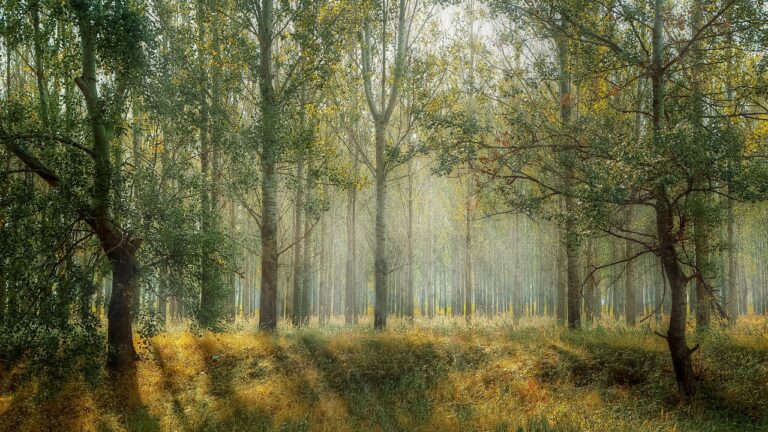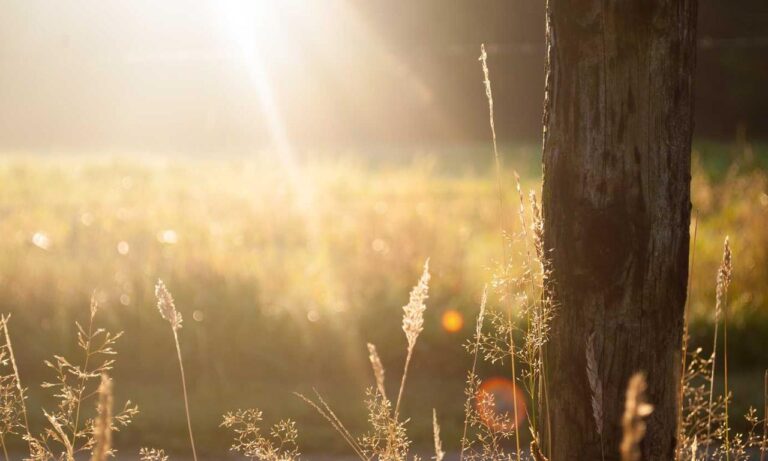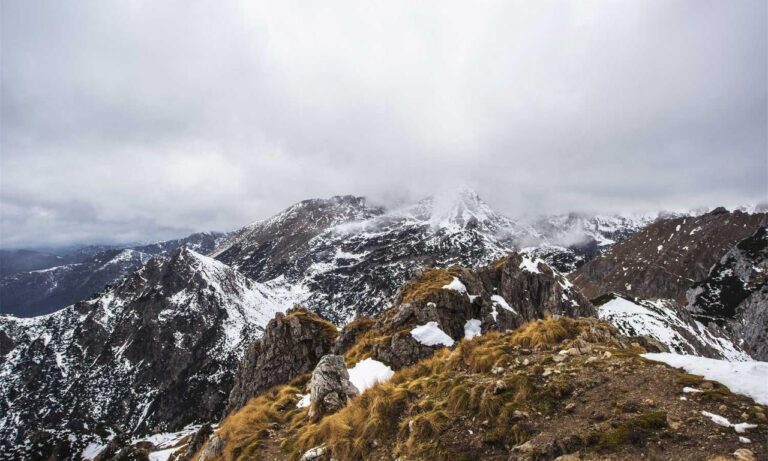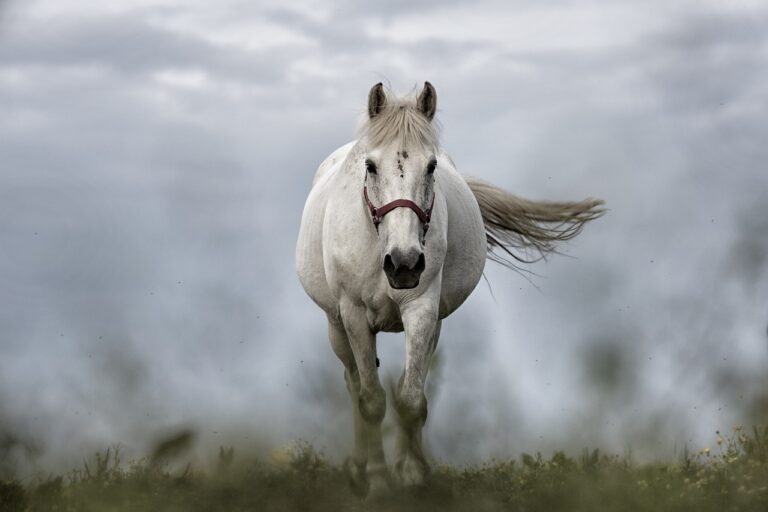Understanding The Importance Of Survival Skills
Knowing vital survival skills enhances safety and confidence during outdoor adventures.
The Value Of Preparedness
Being prepared can prevent emergencies in the wilderness. Learning these skills ensures I can handle unexpected challenges. Preparedness includes acquiring knowledge about navigation, shelter building, and first aid. For instance, understanding how to read a map and use a compass can keep me from getting lost.
Real-Life Scenarios Highlighting The Need
Real-life stories often showcase how crucial survival skills are. In 2020, a hiker stranded for days in Yosemite survived due to her proficiency in finding water and building shelter. This demonstrates why these abilities matter. Another example is a group of campers in the Rockies who faced a sudden snowstorm but stayed safe by employing survival techniques they had practiced. Knowing how to adapt to weather changes often proves lifesaving.
Building A Shelter
Building a shelter is a critical skill for anyone spending time in the wilderness. A well-built shelter protects against the elements, conserves body heat, and ensures a safe rest space.
Types Of Shelter
Different scenarios require different types of shelters. Here are a few common types:
- Lean-To: This structure uses a framework of branches leaned against a standing object (e.g., a tree), covered with leaves or other insulation materials. It’s ideal in forests.
- Debris Hut: Built with a rafter of branches and insulated with leaves, this shelter is excellent for colder climates as it conserves heat.
- Snow Cave: In snowy areas, a cave dug into a snowbank provides excellent insulation from wind and cold.
- Tarp Shelter: Using a tarp and paracord, this shelter is versatile and easy to set up, ideal for various environments.
Materials And Techniques
Gathering the right materials and using proper techniques ensures your shelter’s effectiveness:
- Branches and Leaves: Use sturdy branches for the frame of your shelter. Insulate with leaves, grass, or pine needles for warmth.
- Tarp and Paracord: A tarp and paracord allow for quick and versatile shelter setup. Secure the tarp tightly to prevent wind and rain from entering.
- Snow and Ice: Use snow as an insulating material. Pack it firmly to create walls for a snow cave.
Knowing and practicing these techniques increases your chances of creating a reliable shelter when necessary.
Finding And Purifying Water
In survival scenarios, accessing clean water is vital. One must know how to locate and purify water to avoid dehydration and waterborne diseases.
Natural Water Sources
Scouting for natural water sources can sometimes be a challenge. Look for streams, rivers, and lakes as primary sources. Rainwater, collected using tarps or containers, provides another option. Dew, gathered from grass or leaves, is a lesser-known but valuable source. Snow and ice, if present, can be melted to produce drinking water. Observe animal trails and birds as they often lead to water, and inspect valleys or low-lying areas where water may accumulate.
Purification Methods
Consuming untreated water can be dangerous due to pathogens. Boiling is the most effective method; heat water to a rolling boil for at least one minute. Portable water filters remove many contaminants and are lightweight. Chemical treatments, like iodine tablets, can disinfect water but may not eliminate all parasites. Ultraviolet (UV) light purifiers can neutralize microorganisms quickly. If no other means are available, homemade devices using sand, charcoal, and gravel can filter water, though additional methods should follow for safety.
Starting A Fire

Starting a fire is an essential survival skill that provides warmth, light, and a means to cook food. Let’s dive into the tools and techniques needed to achieve this critical task.
Fire-Starting Tools
Various fire-starting tools make igniting a fire more manageable. Each tool has distinct advantages in different scenarios.
- Matches: Matches are lightweight and easy to carry. Waterproof matches are especially useful in wet conditions.
- Lighters: Lighters, especially windproof ones, are reliable and can produce a sustained flame.
- Fire Striker: Fire strikers create sparks by striking a metal blade against a flint. They are durable and work even when wet.
- Magnifying Glass: A magnifying glass can focus sunlight to ignite tinder. This method depends heavily on sunny weather.
- Fire Plough: A fire plough involves rubbing a stick in a groove on a wooden base. This primitive method requires dry wood and physical effort.
Fire-Building Techniques
Proper fire-building techniques ensure a long-lasting and efficient fire. Various methods suit different environmental conditions.
- Teepee Fire: Arrange small sticks and kindling in a conical shape. Light the center, allowing flames to climb the sticks and create a stable fire.
- Log Cabin Fire: Stack logs in a square formation resembling a cabin. Ignite the center to create a controlled burn and long-lasting fire.
- Lean-To Fire: Place a large log or rock as a windbreak. Lean smaller sticks against it and light the protected side.
- Star Fire: Arrange logs in a star pattern with ends meeting at the center. Push logs inward as they burn to maintain the fire.
- Dakota Fire Hole: Dig two holes connected by a tunnel. Build the fire in one hole and use the other for ventilation. This method conceals the flame and increases efficiency.
These tools and techniques are crucial for mastering the art of starting a fire in outdoor survival situations. Being prepared and practicing these skills can make all the difference in a wilderness context.
Acquiring Food
Food is critical for survival in the wilderness. Understanding different methods to procure food ensures sustenance.
Foraging Edible Plants
Identifying edible plants can provide essential nutrients. Key plants include clover, cattails, and dandelions. It’s vital to familiarize yourself with identification characteristics and avoid poisonous plants. Always reference a reliable guide like the “Peterson Field Guide to Edible Wild Plants.”
Trapping And Hunting Basics
Trapping and hunting offer reliable food sources. Basic traps include the figure-4 deadfall, snares, and spring poles. For hunting, simple tools like bows, slingshots, and spears can be effective. Practice proper use and placement for success. Aim for small game like rabbits and squirrels, which are more plentiful and easier to catch.
Navigation Without A GPS
Navigating without modern tools is a crucial survival skill. It’s possible to find your way using natural elements like the sun, stars, and topographical maps.
Using The Sun And Stars
The sun can help determine direction. During the day, the sun rises in the east and sets in the west. By noting these directions, I can identify north and south. For greater accuracy, the shadow stick method proves useful: I place a stick vertically in the ground and mark the tip of its shadow with a small rock or twig. After 15 minutes, I mark the new shadow tip. A line drawn between these two points points approximately east-west, allowing me to find north accordingly.
By night, the North Star aids in navigation. In the Northern Hemisphere, I locate the North Star (Polaris) by finding the Big Dipper constellation. The two outer stars of the Big Dipper’s bowl form a line pointing directly to Polaris. Knowing Polaris hangs over the North Pole, facing it means I’m looking north. This method ensures night navigation accuracy.
Reading Topographical Maps
Topographical maps provide detailed land information. Contour lines indicate elevation. Close lines mean steep terrain, while spaced lines suggest flat areas. Recognizing these patterns helps me understand the landscape.
Key symbols show features like rivers, trails, and roads. Understanding these symbols is vital for effective use. Maps also often include a legend to clarify meanings. By aligning the map’s orientation with my surrounding landmarks and using a compass for precise direction, I can navigate accurately.
Through mastering sun and star navigation and understanding topographical maps, I’ve honed my outdoor survival navigation skills, making me more self-sufficient in wilderness settings.
First Aid Basics
Understanding basic first aid is vital in outdoor survival situations. I always ensure I’m prepared to treat injuries and have essential items ready.
Treating Common Injuries
Outdoor settings frequently lead to cuts, scrapes, or burns. When dealing with cuts, clean the wound with clean water, apply antiseptic, and cover with a sterile bandage to prevent infection. For scrapes, rinse thoroughly, pat dry, and cover with gauze or a sterile pad. Burns should be cooled immediately using water, not ice, and then covered with a non-stick, sterile dressing. Knowing these basics helps mitigate further complications from common injuries.
Essential First Aid Kit Items
A well-stocked first aid kit is crucial for survival preparedness. I keep adhesive bandages, sterile gauze pads, antiseptic wipes, tweezers, and medical tape in my kit. Pain relievers, such as ibuprofen or acetaminophen, are essential for pain management. Adding an emergency blanket and a CPR mask enhances the kit’s effectiveness in more severe situations. By carrying these items, I’m ready to address various medical needs in the wilderness.
Signaling For Help
Signaling for help is crucial when stranded in the wilderness. Mastering audible and visual signals, as well as creating SOS signals, can significantly increase chances of rescue.
Audible And Visual Signals
Audible signals, like whistles or voice calls, can travel long distances, making them effective for attracting attention. Three short blasts, repeated at regular intervals, often mean distress. Always carry a whistle, as its sound carries further than a human voice.
Visual signals include using mirrors, flares, or lighting three fires in a triangle. Reflective surfaces, like signal mirrors, can flash sunlight towards rescuers. Smoke from fires can be spotted from afar, especially if you use green leaves to create a dense signal.
Creating SOS Signals
Creating SOS signals is key when traditional methods aren’t available. The internationally recognized distress signal, SOS (“… — …”), can be signaled in several ways. You can use rocks, logs, or trenches to form the letters on the ground. Ensure the letters are large enough to be seen from the air.
Use flashlights or signal mirrors to create the SOS pattern at night. If using a flashlight, blink it quickly three times for “S,” hold it steady for “O,” then blink another three times. These simple, clear signals can make the difference in survival scenarios.
Weather Forecasting
Knowing how to predict the weather is crucial for outdoor survival. Weather forecasting skills can help with planning and avoiding dangerous conditions.
Observing Natural Indicators
Cloud formations often reveal upcoming weather. For instance, cumulus clouds in the morning might mean good weather, but cumulonimbus clouds can signal storms. Wind direction changes, like sudden gusts from the east, might also hint at weather shifts. Additionally, animals provide clues: birds flying low can indicate low pressure, suggesting rain. Plants too react to humidity and temperature changes.
Basic Meteorology
Understanding basic meteorology principles aids in accurate predictions. A falling barometer usually means worsening weather, while a rising one signifies improving conditions. Knowing the difference between high and low-pressure systems helps: high pressure often brings clear, sunny skies, while low pressure may cause clouds and precipitation. Recognizing weather fronts is essential—cold fronts generally result in abrupt weather changes, whereas warm fronts lead to gradual transitions.
Knot Tying
Knot tying is a critical survival skill that can make a significant difference in various outdoor situations. Knowing essential knots ensures you can secure shelters, create traps, and perform other crucial tasks effectively.
Essential Knots For Survival
Learning a few key knots is vital for outdoor survival. These knots are versatile and can be used in multiple scenarios.
- Square Knot: Best for joining two ropes of equal thickness. It’s easy to tie and untie, even after bearing heavy loads.
- Bowline: Known as the “rescue knot,” it creates a fixed loop at the rope’s end, useful for climbing or rescue operations.
- Clove Hitch: Ideal for securing a rope to a post or tree. It’s quick to tie and untie, making it perfect for temporary setups.
- Figure Eight Knot: Commonly used in climbing, this knot prevents ropes from fraying and can be used to tie into a harness securely.
- Prusik Knot: Used for ascending or descending a rope. It’s a friction hitch that can slide when no weight is applied and holds firm under tension.
Practical Applications
Knot tying isn’t just about knowing the knots; it’s about understanding their practical applications in survival situations.
- Shelter Building: Secure tents, tarps, and makeshift shelters using knots like the clove hitch and square knot.
- Rescue Operations: Employ the bowline and Prusik knots in scenarios that require climbing or rescue, ensuring safety and stability.
- Gear and Supplies Transport: Use the figure eight knot and bowline to secure items to backpacks or haul supplies using rope systems.
- Fishing and Trapping: Create effective traps and fishing lines with the square knot, enhancing your capability to procure food.
- First Aid: In emergencies, use knots like the bowline to create slings or secure bandages.
Understanding these essential knots and their applications enhances your outdoor survival skills, preparing you for any situation you might encounter.
Mental Fortitude And Decision Making
Survival situations demand strong mental fortitude and effective decision-making. These skills ensure safety and improve the chances of overcoming challenging outdoor conditions.
Staying Calm Under Pressure
Remaining calm in high-stress situations is crucial for survival. Panic impairs judgment and can lead to dangerous mistakes. I focus on controlled breathing and maintaining a clear mind to manage stress. Techniques like deep breathing, counting backward, or visualizing a calm place help stabilize emotions. Training through simulated scenarios can also build confidence in managing real emergencies.
Making Smart Decisions In Emergencies
Making intelligent decisions in emergencies involves assessing the situation, prioritizing actions, and using available resources effectively. I evaluate risks and benefits before acting, rely on my knowledge and training, and avoid impulsive actions. Practical decision-making tools like the OODA loop (Observe, Orient, Decide, Act) enhance response strategies. Knowing how to evaluate the immediate needs for shelter, water, fire, and food ensures informed and quick actions.



























































































































































































































































































































































































































































































































































































































































































































































































































































































































































































































































































































































































































